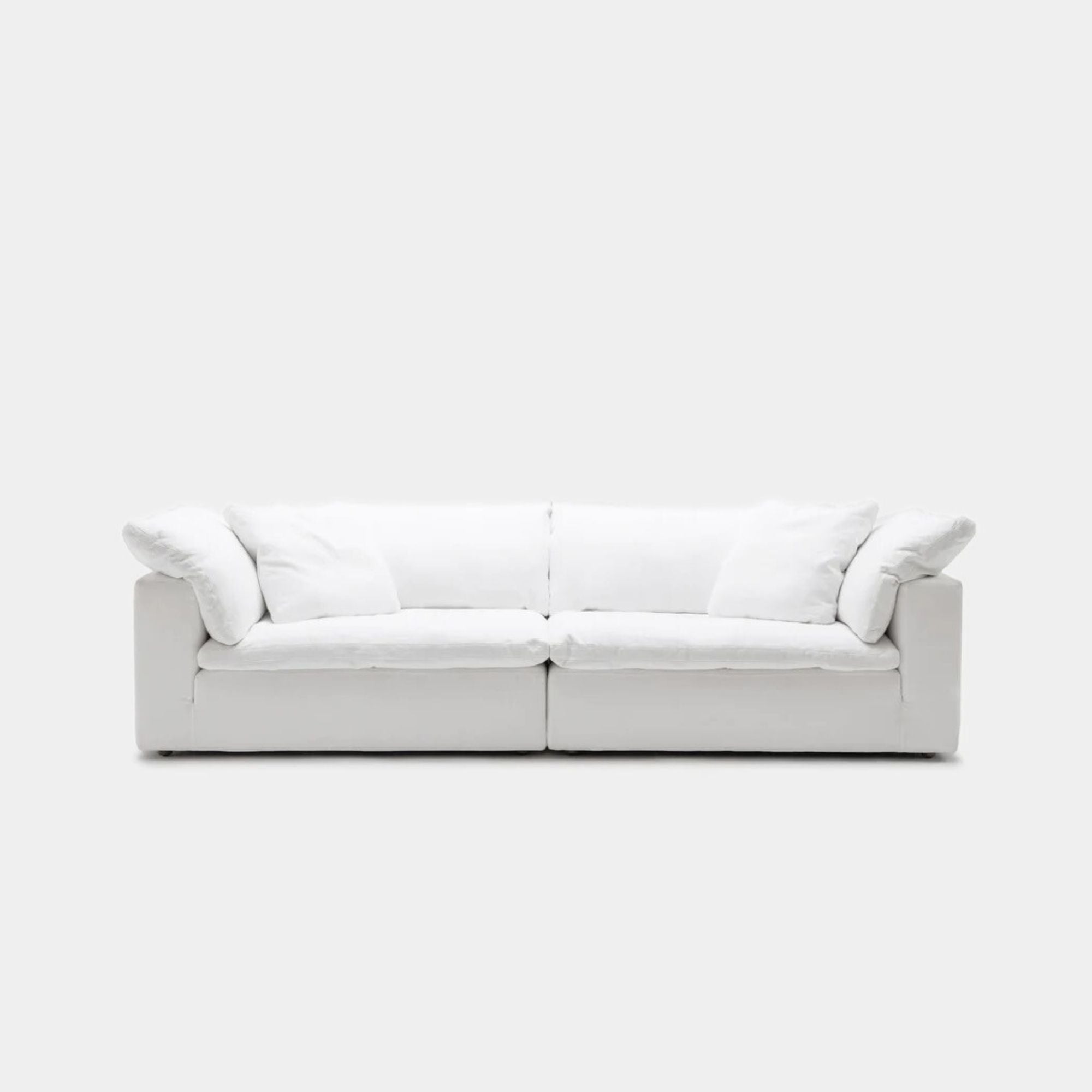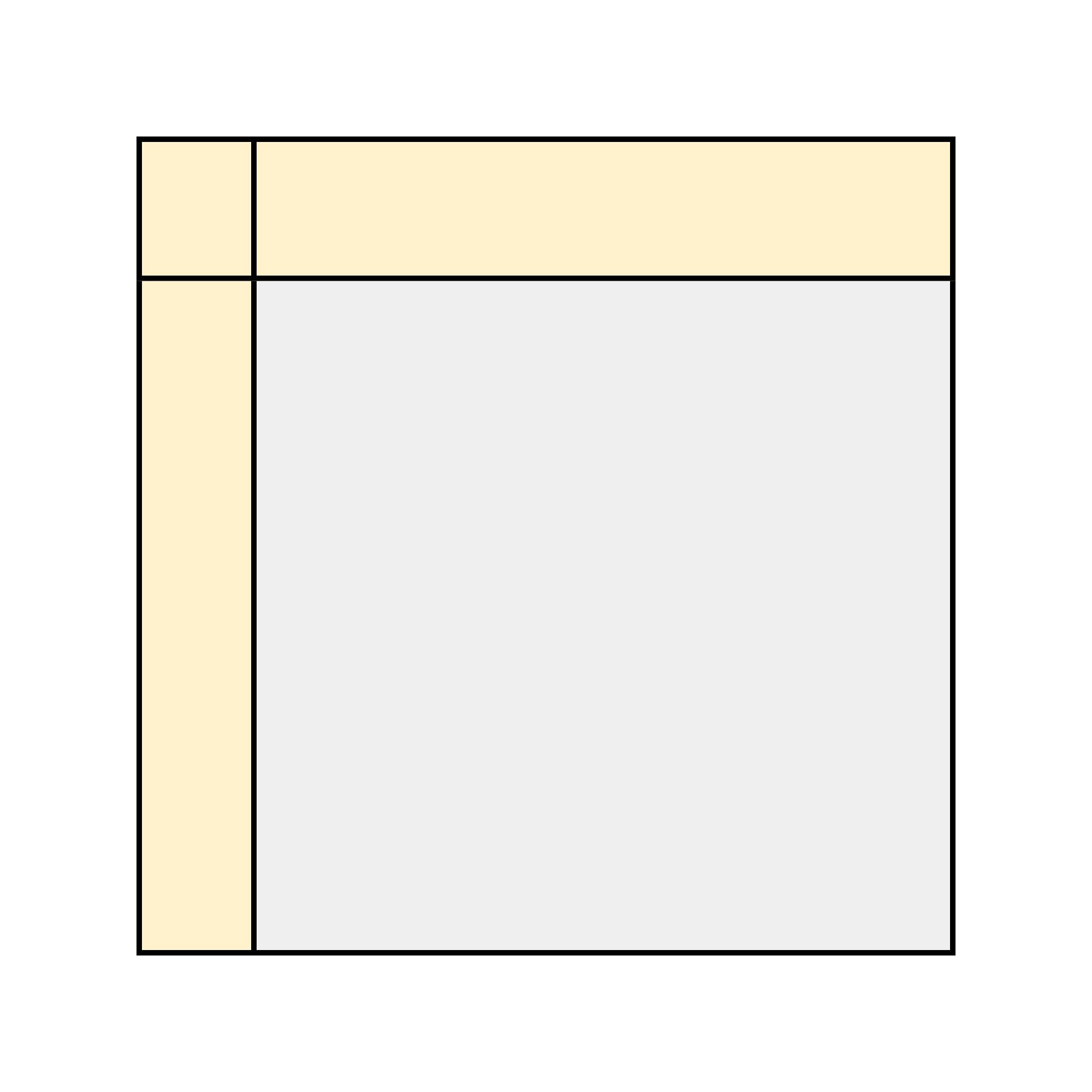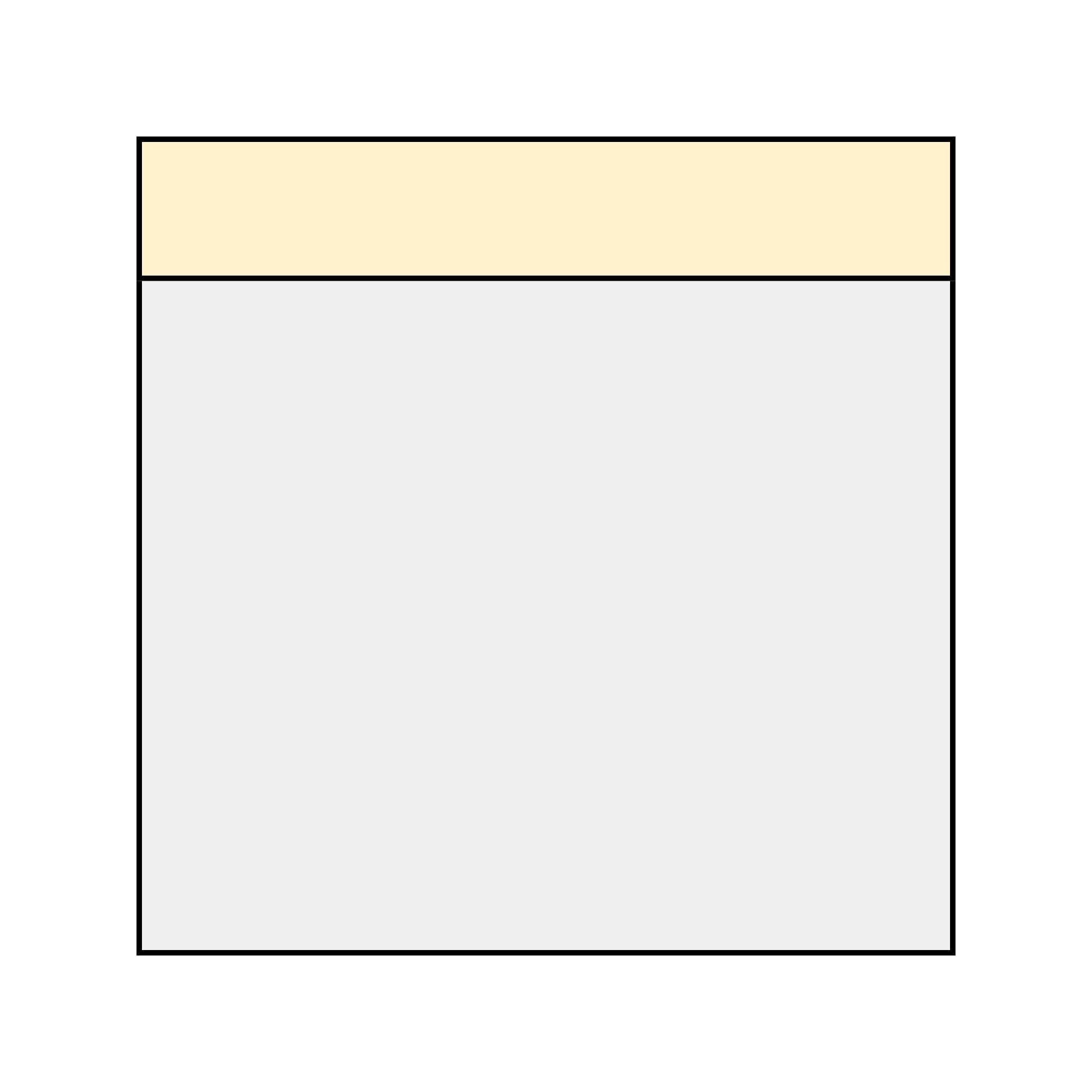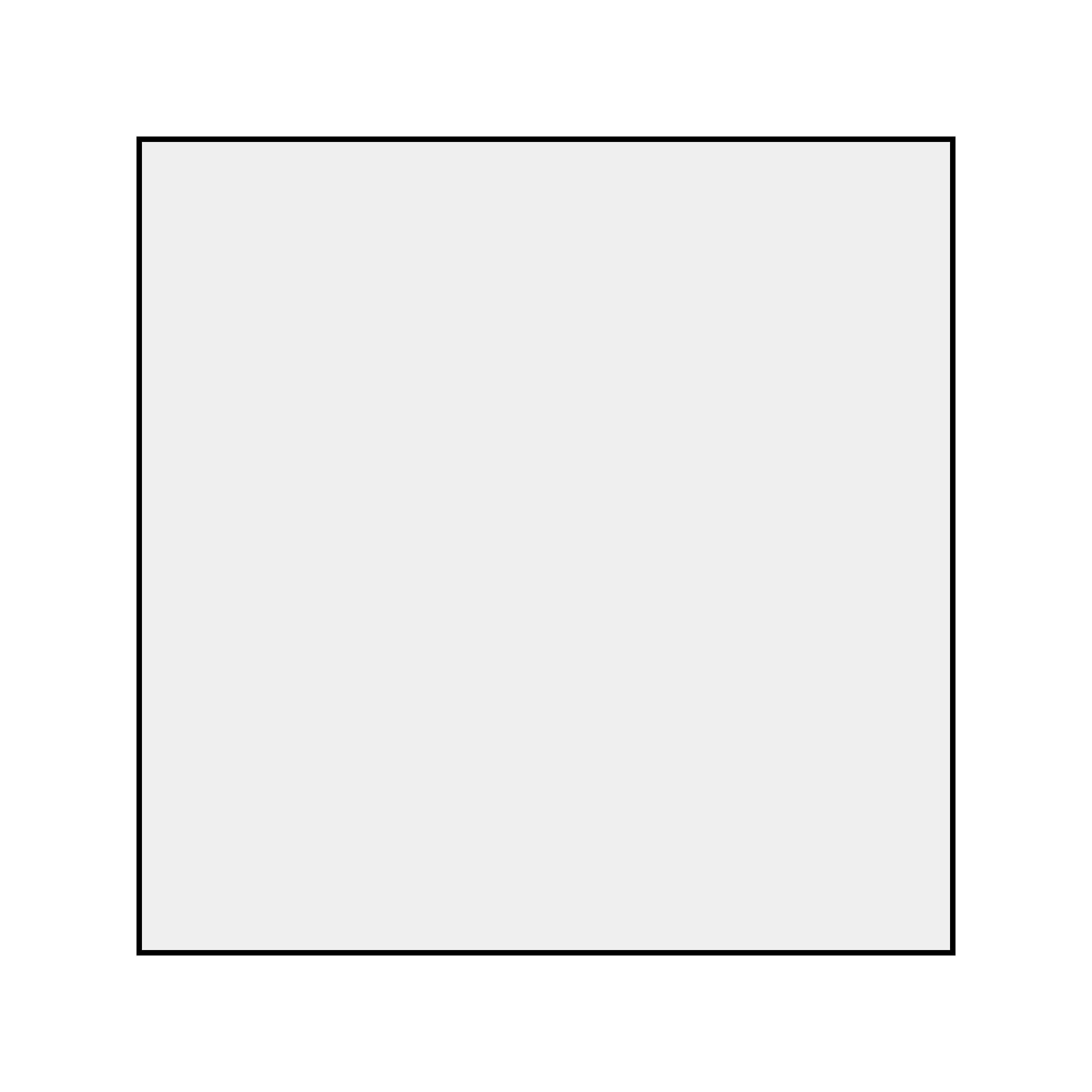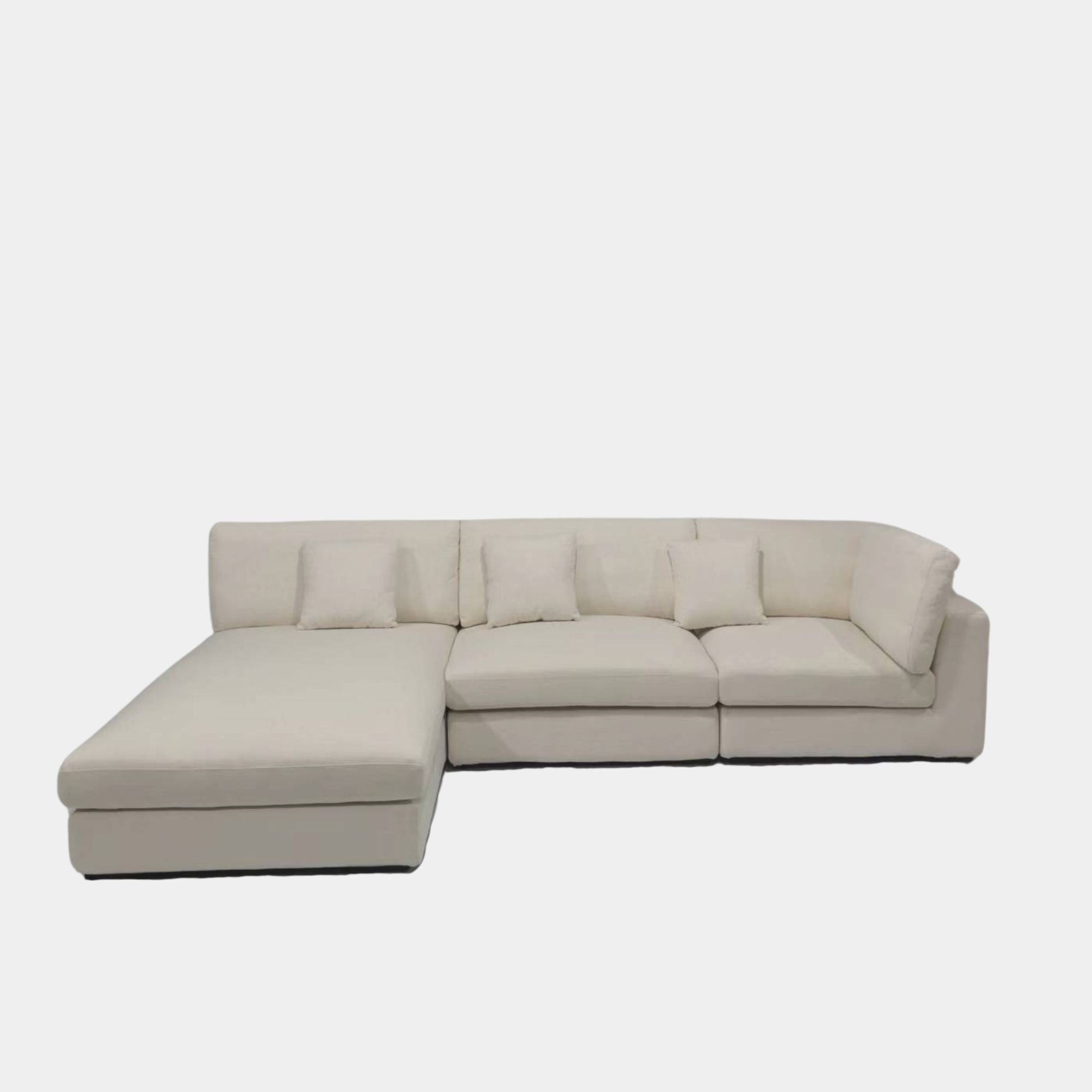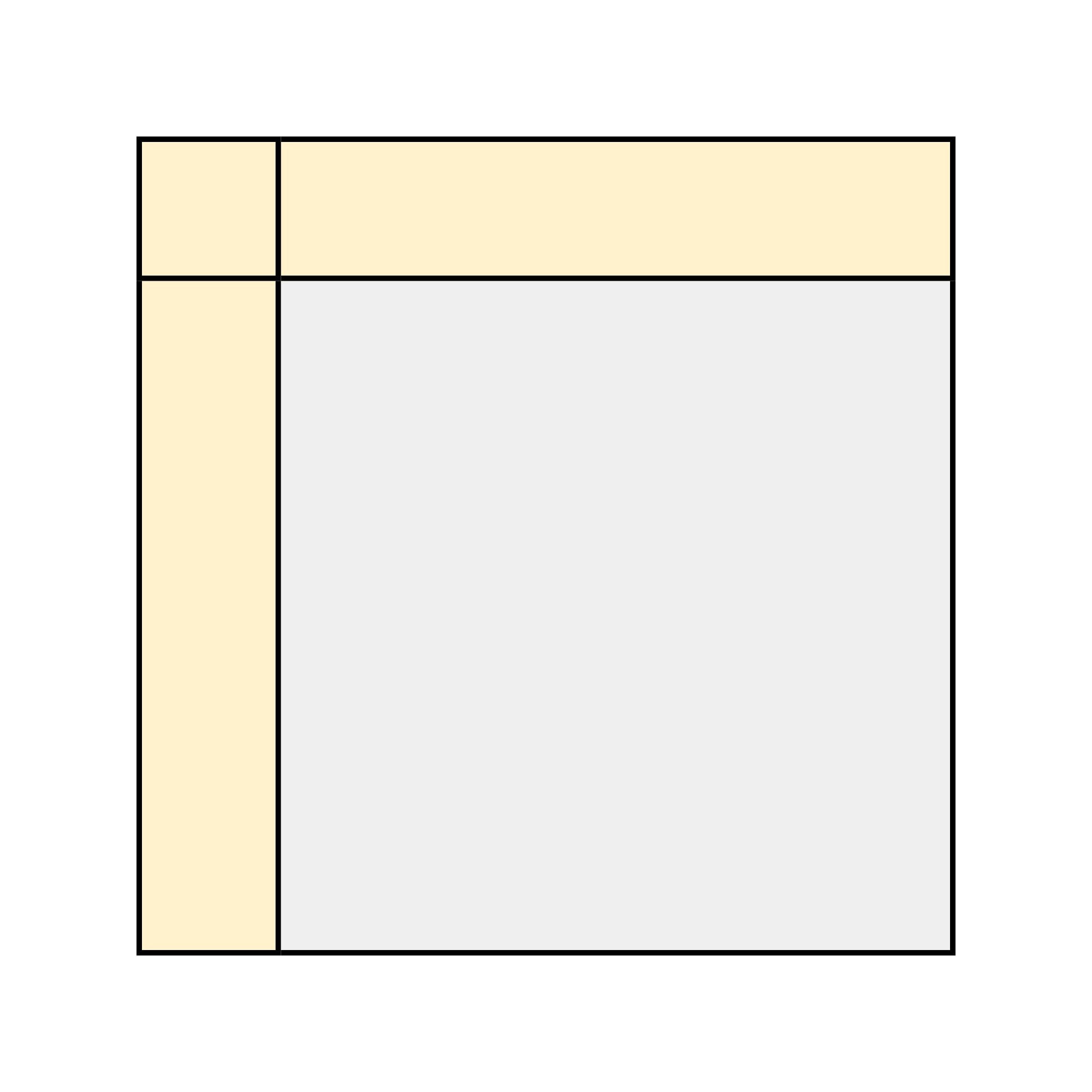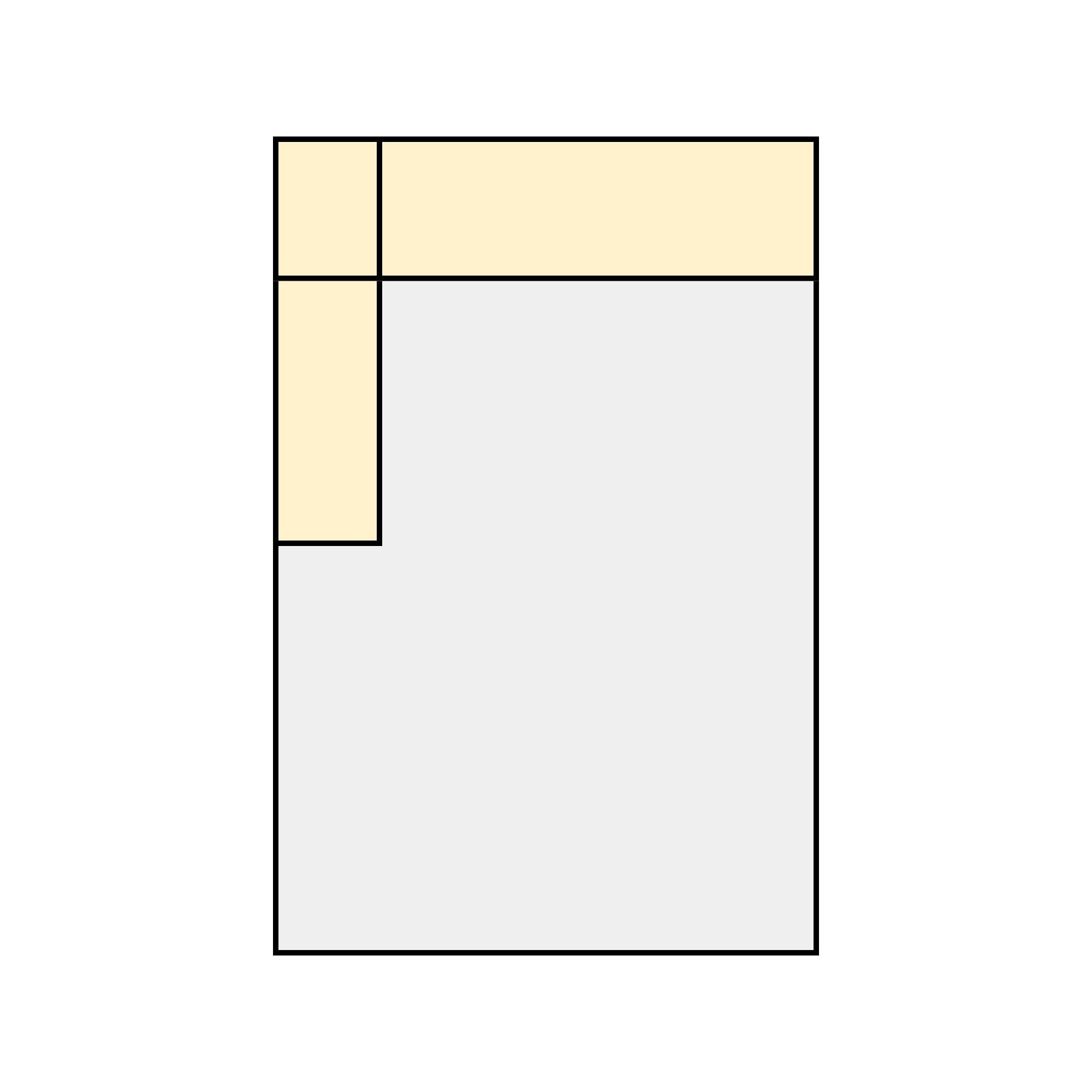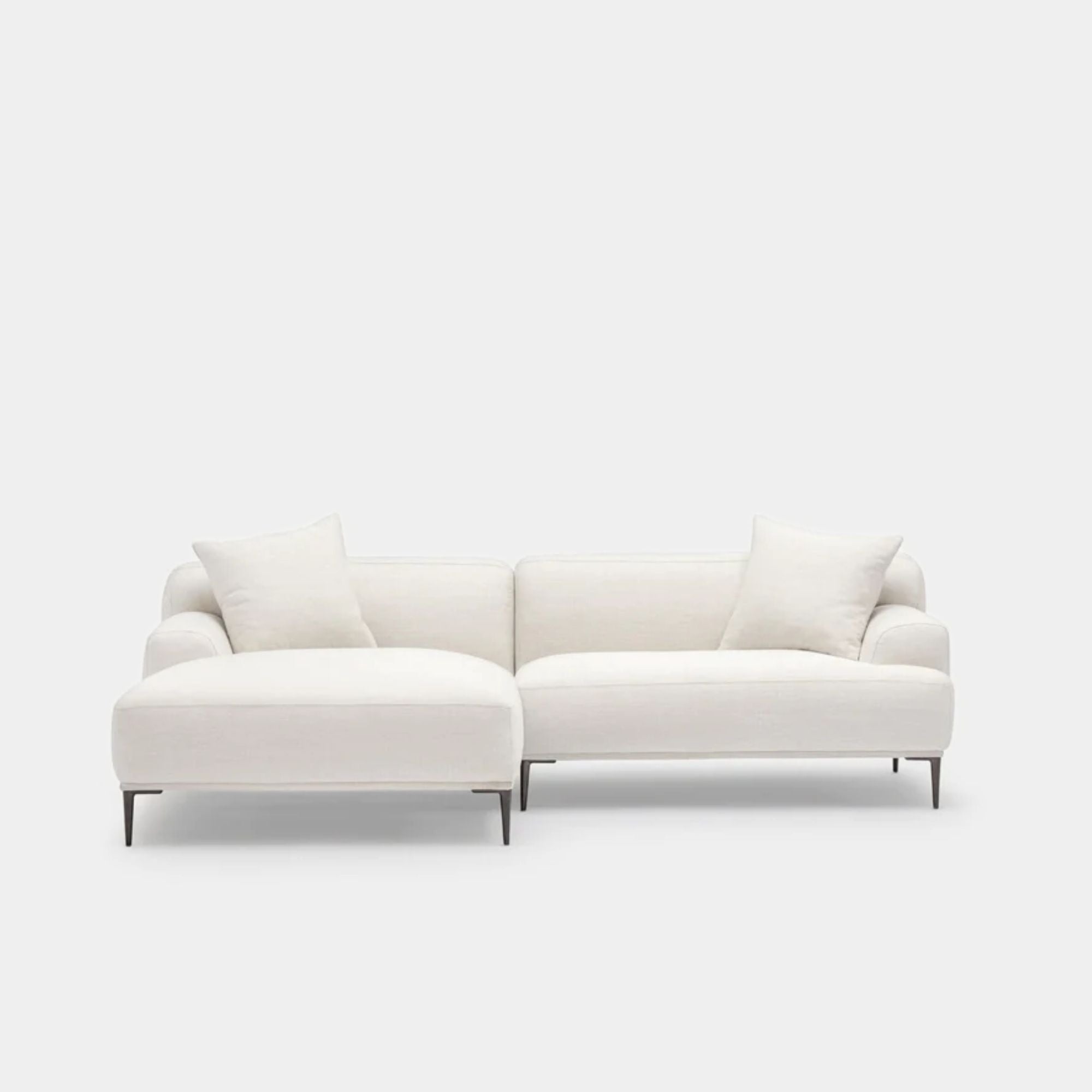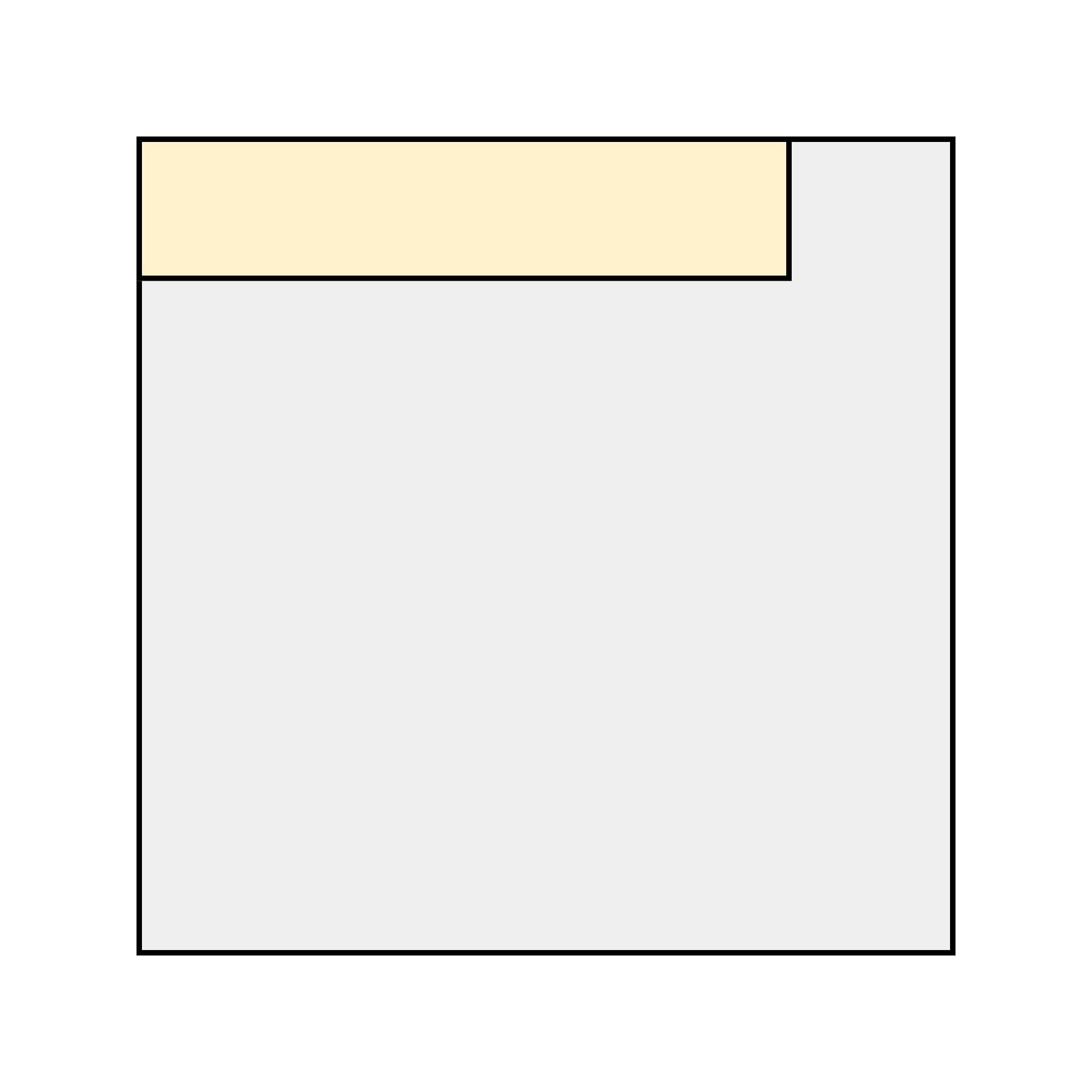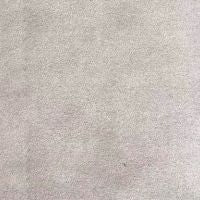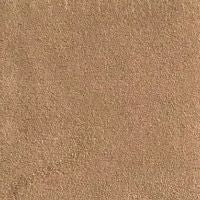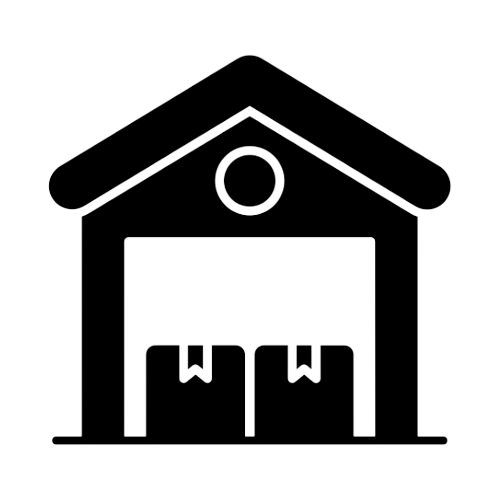Browse through some common questions that people may have. Reach out if still in doubt!
Guide
What is a corner sectional sofa?
A corner sectional sofa is a type of seating arrangement designed to fit snugly into the corner of a room, making efficient use of space while providing ample seating.
It’s typically made up of multiple connected sections, including a corner piece that forms a 90-degree angle, allowing it to wrap around two adjacent walls.
Are there any dimension restrictions for corner sectional sofas?
From an aesthetic perspective, a corner sofa typically takes up about 240cm to 300 cm in width on each side and around 90cm to 100cm in depth.
This means you’ll need a space of roughly 240cm x 240cm minimum to comfortably accommodate it.
How many people can sit on your corner sectional sofa?
The seating capacity of our corner sectional sofas varies based on their size and configuration:
- Compact Corner Sectionals: Typically, smaller corner sectionals (around 240 x 240 cm) can comfortably seat 3 to 4 people. These are ideal for small to medium-sized rooms.
- Standard Corner Sectionals: Standard-sized corner sectionals (around 300 x 300 cm or more) usually seat 5 to 6 people, providing ample seating for families or small gatherings.
- Large Corner Sectionals: For larger models or custom configurations, which often measure 350 cm or more on each side, you can expect seating for 7 or more people, making them perfect for bigger living rooms or entertaining larger groups.
Ultimately, the seating capacity depends on the sofa’s layout and the type of modules it includes, such as chaises or additional middle units. Our modular designs let you adjust the configuration to fit your seating needs.
What is the difference between a corner sectional sofa and a L shape sectional sofa?
Though often used interchangeably, corner sectional sofas and L shape sectional sofas have slight differences in design and layout.
1 - Shape and Design:
- Corner Sectional Sofa: This sofa typically forms a right-angle shape, wrapping around the corner of a room. It often includes a distinct corner module that joins two seating sections, creating a true “corner” that sits at a 90-degree angle.
- L-Shape Sectional Sofa: An L-shape sectional typically has two straight sections forming an “L” without a specific corner piece. This shape is often created by joining a sofa and a chaise, giving it a more streamlined look.
2 - Configuration:
- Corner Sectional Sofa: Commonly used to create a more enclosed, cozy space, as it fits directly into a corner with seats on either side of the angle, allowing it to feel like a defined seating nook.
- L Shape Sectional Sofa: Works well in both corners and open spaces. Its design is more flexible for smaller rooms, where a full corner piece might take up too much space.
In summary, a corner sectional sofa is best for maximizing seating in a larger, dedicated corner space, while an L shape sectional sofa offers a versatile, space-efficient option for smaller rooms or flexible layouts.
What is suede fabric?
Suede fabric is a synthetic or woven textile designed to mimic the soft, brushed feel and luxurious appearance of genuine suede leather. Made from materials like polyester or microfiber, suede fabric has a napped surface that gives it a velvety texture, making it a popular choice for furniture upholstery, clothing, and accessories.
Suede fabric captures the cozy, inviting look of traditional suede while offering greater versatility and resilience, making it ideal for adding warmth and elegance to various settings.
What sofa style does suede fabric work well with?
Suede fabric’s soft, luxurious texture enhances a variety of sofa styles, adding warmth and sophistication to living spaces:
- Contemporary Sofas: Suede pairs beautifully with sleek, modern sofa designs. Its rich texture contrasts nicely with the clean lines and minimalist aesthetic of contemporary styles, creating a warm, inviting vibe.
- Chesterfield Sofas: The soft, brushed surface of suede adds a unique twist to the traditional Chesterfield style. It complements the deep tufting and rolled arms, giving the classic design a modern update with a cozy, stylish look.
- Mid-Century Sofas: Suede fabric suits mid-century sofas with low profiles and tapered legs. Its smooth, refined appearance brings a touch of luxury that balances well with the retro, minimalist design.
- Sectional Sofas: On larger sectional sofas, suede fabric creates a comfortable, lounge-ready feel. Its plush texture enhances the coziness of sectional seating, making it ideal for family rooms and living areas where relaxation is key.
With its versatility, suede fabric can elevate both classic and modern sofa styles, bringing a soft, welcoming feel to any decor.
How to clean suede fabric?
Suede fabric requires gentle cleaning to maintain its soft, napped texture. Here are the recommended steps for cleaning and maintaining suede fabric:
- Regular Brushing: Use a soft suede brush to remove dust and debris. Brushing in one direction will help maintain the fabric’s nap and prevent matting.
- Spot Cleaning: For minor stains, gently dab the area with a clean, dry cloth to absorb as much of the stain as possible. Avoid rubbing, which can spread the stain. For water-based stains, a slightly damp cloth may help, but use sparingly to avoid water marks.
- Dry Cleaning Powder: For oil-based stains, use a dry cleaning powder specifically designed for suede. Sprinkle the powder on the stain, let it sit for a few hours, and then gently brush it off with a suede brush.
- Avoid Excess Water: Suede is sensitive to moisture, which can cause water stains or make the fabric stiff. If water spots occur, gently brush the area once it dries to restore the texture.
- Professional Cleaning: For deep cleaning or stubborn stains, consider professional upholstery cleaning. Professionals use techniques that clean without damaging the suede texture.
With these cleaning steps, suede fabric will stay looking soft and fresh, preserving its luxurious feel and elegant appearance.
What is the benefit of choosing beige sofas?
Beige sofas create a neutral foundation, offering a versatile backdrop to design your living space. The understated tone allows you to use bold accents for cushions, rugs, or wall decor without overwhelming the room.
Beige also evokes a sense of calm, making the room feel light, open, and inviting, creating a soothing atmosphere perfect for relaxation.
What design styles work well with beige?
Beige sofas are incredibly versatile and work well with various design styles.
In a modern or minimalist setting, they enhance the clean lines and simplicity of the space.
In Scandinavian design, beige complements the light, airy aesthetics and natural materials.
For a bohemian or eclectic look, beige serves as a neutral backdrop to layer in vibrant textiles, patterns, and art.
Additionally, beige sofas blend seamlessly into traditional and transitional interiors, offering timeless elegance and warmth.
What cushions work well with beige sofas?
Beige sofas pair beautifully with a variety of cushion colours.
For a subtle look, try soft neutrals like cream, light grey, or taupe.
To add vibrancy, opt for bold accents such as mustard, teal, or terracotta.
Soft pastels like blush or sage green offer a balanced, gentle contrast.
What rugs work well with beige sofas?
For a cohesive look, neutral rugs in shades of ivory, grey, or sand complement a beige sofa seamlessly.
To create contrast, consider darker tones like charcoal or navy.
Patterned rugs with geometric or abstract designs in muted hues also bring texture and depth to the room.
What wall colour work well with beige sofas?
Beige sofas blend well with soft, neutral walls such as off-white, light grey, or warm taupe.
For a more striking contrast, deeper tones like navy blue, olive green, or charcoal can add dimension and sophistication.
Lighter shades like pale blue or soft blush create a relaxed, airy ambiance.
